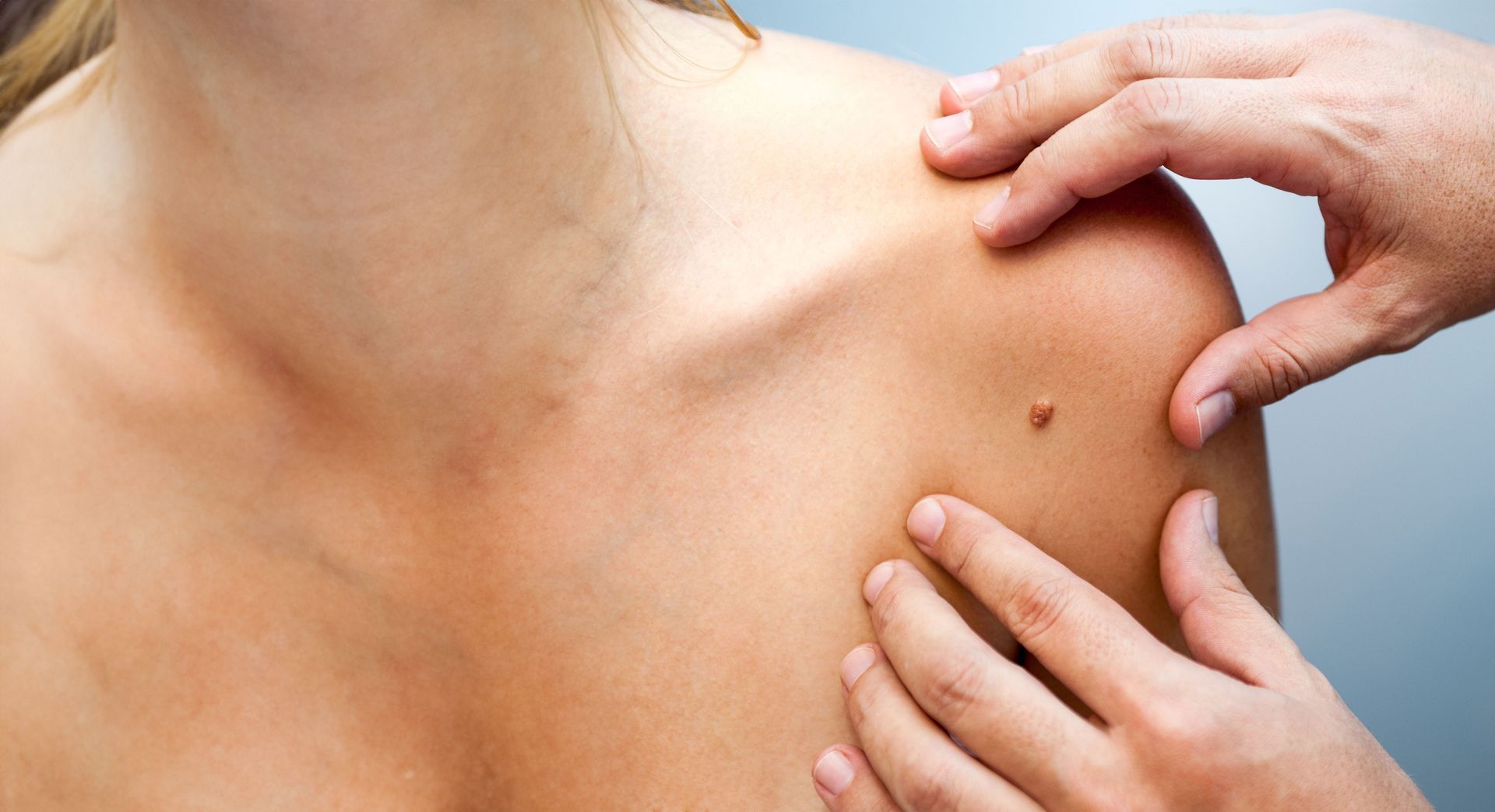Can You Get Skin Cancer At Any Age?

When you think of skin cancer, you might imagine someone older — maybe a lifelong sunbather or someone with years of sun exposure behind them. While it’s true that skin cancer risk increases with age, the reality is more complex — skin cancer can occur at any age, including in children, teens, and young adults. Skin cancer is the most common type of cancer globally, and while age is a factor, it’s not the only one. Genetics, skin type, sun habits, and even tanning bed use all play a significant role in risk — regardless of how old you are. Let’s break it down.
Skin Cancer Basics
Skin cancer occurs when abnormal cells in the skin grow uncontrollably. The main types are:
- Basal cell carcinoma (BCC)
- Squamous cell carcinoma (SCC)
- Melanoma (the most dangerous form)
All of these can develop at any age if the right risk factors are present.
Can Children and Teens Get Skin Cancer?
Yes, although it’s rare, children and teenagers can and do develop skin cancer, including melanoma. In fact, melanoma is one of the most common cancers in people aged 15–29.
Risk factors in younger people include:
- Frequent sunburns during childhood
- Use of tanning beds
- Fair skin, freckles, or light-colored eyes
- A family history of skin cancer
- Having many moles or atypical (irregular) moles
Why this matters: UV damage accumulated early in life can have lasting effects. Even just one blistering sunburn in childhood can double the risk of melanoma later on.
What About Young Adults?
In recent years, Dermatologists have seen a notable rise in skin cancer cases among young adults, especially women under 40. Experts link this trend in part to the popularity of indoor tanning, along with more time spent outdoors without proper sun protection. Melanoma in young adults is especially concerning because it tends to be more aggressive, but when detected early, it’s highly treatable.
Older Adults: Still at Risk
The majority of skin cancer cases are diagnosed in adults over 50, especially those with a lifetime of sun exposure. But many older adults underestimate new or changing spots on their skin, assuming they’re “just age spots.”
Tip: Any new, growing, bleeding, or changing spot on your skin — at any age — should be checked by a Dermatologist.
Warning Signs to Watch For
Regardless of age, be alert to the ABCDEs of melanoma:
- Asymmetry
- Border irregularity
- Color variation
- Diameter larger than a pencil eraser
- Evolving — any change in size, shape, or color
Other warning signs:
- A sore that doesn’t heal
- A bump that’s shiny or waxy
- A rough or scaly patch that bleeds easily
Prevention Tips for Every Age
- Use sunscreen daily (SPF 30+)
- Avoid tanning beds completely
- Wear protective clothing and hats
- Seek shade during peak sun hours (10 AM – 4 PM)
- Get regular skin checks
- Teach kids early about sun safety
Yes — you can get skin cancer at any age, and awareness is key to prevention and early detection. Protecting your skin isn’t just something older adults should think about. It’s a lifelong practice that should begin in childhood and continue through every stage of life. If you notice a suspicious spot or you’ve never had a skin check, consider booking an appointment with a Dermatologist. It’s a simple step that could save your life. Your skin has no age limit — and neither does your risk. Take it seriously. Schedule you and your families skin check at Lumen Dermatology, a premier destination for advanced skin care and Dermatological expertise. Call us today at 352-830-1500!







